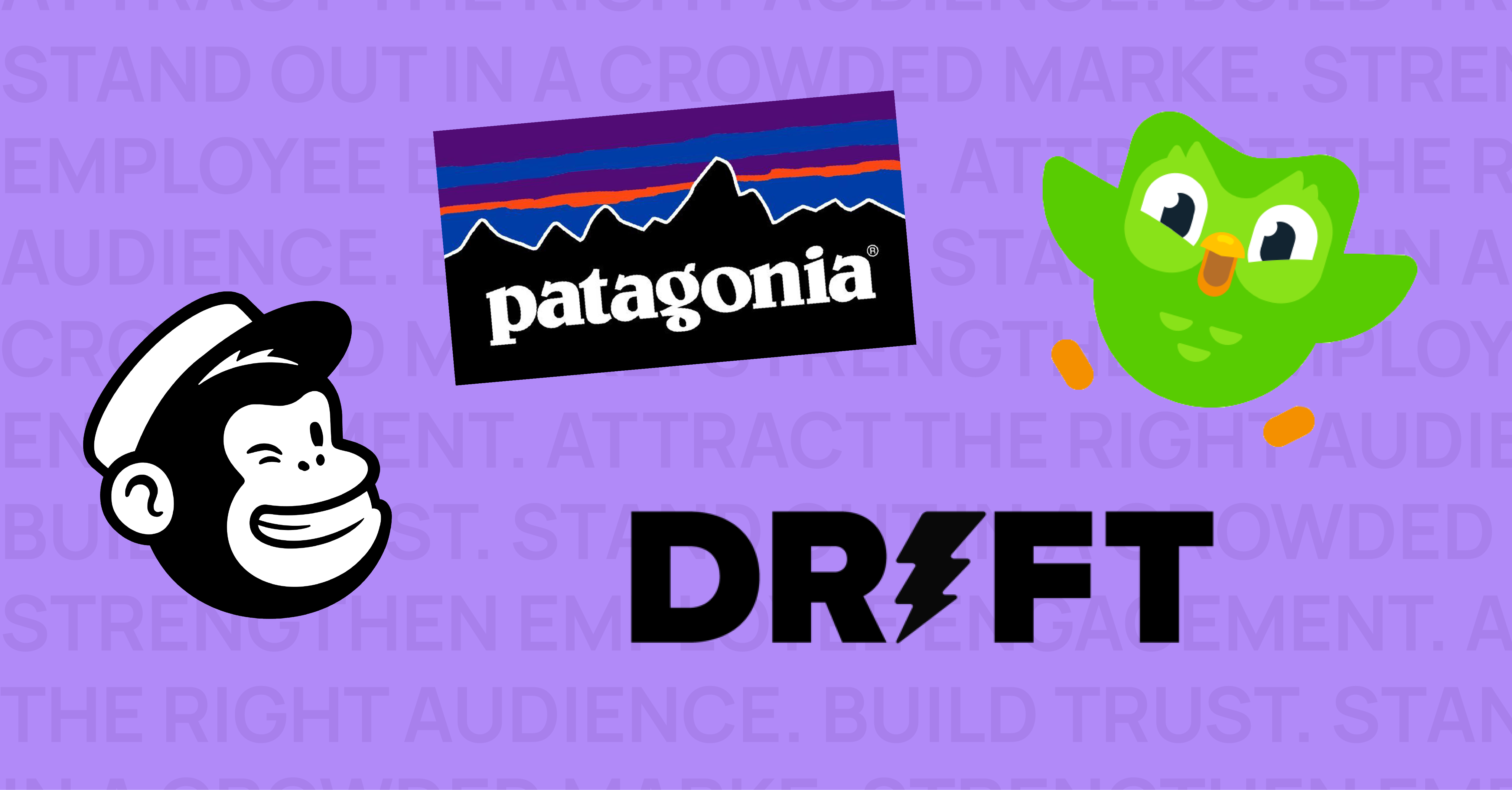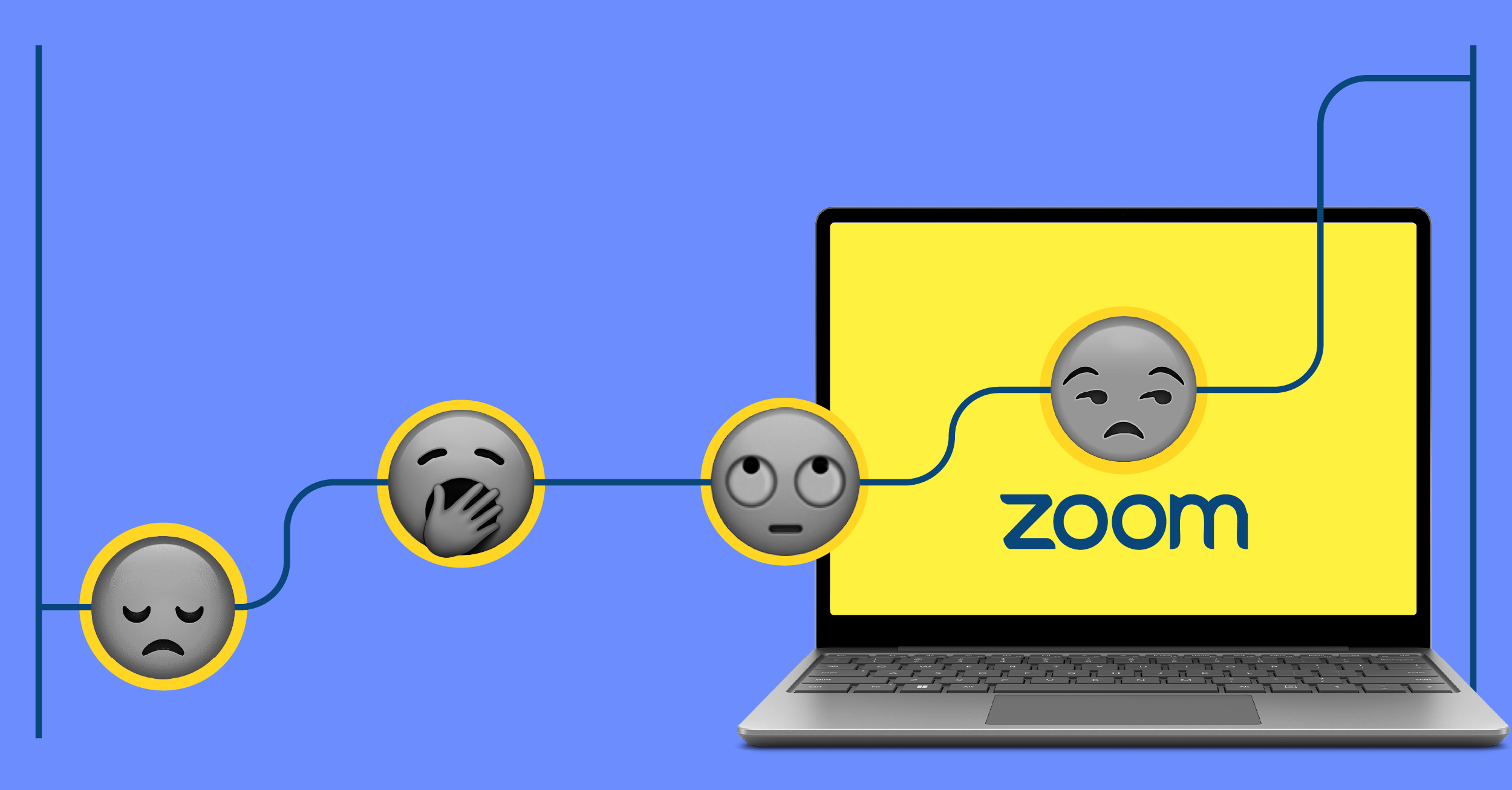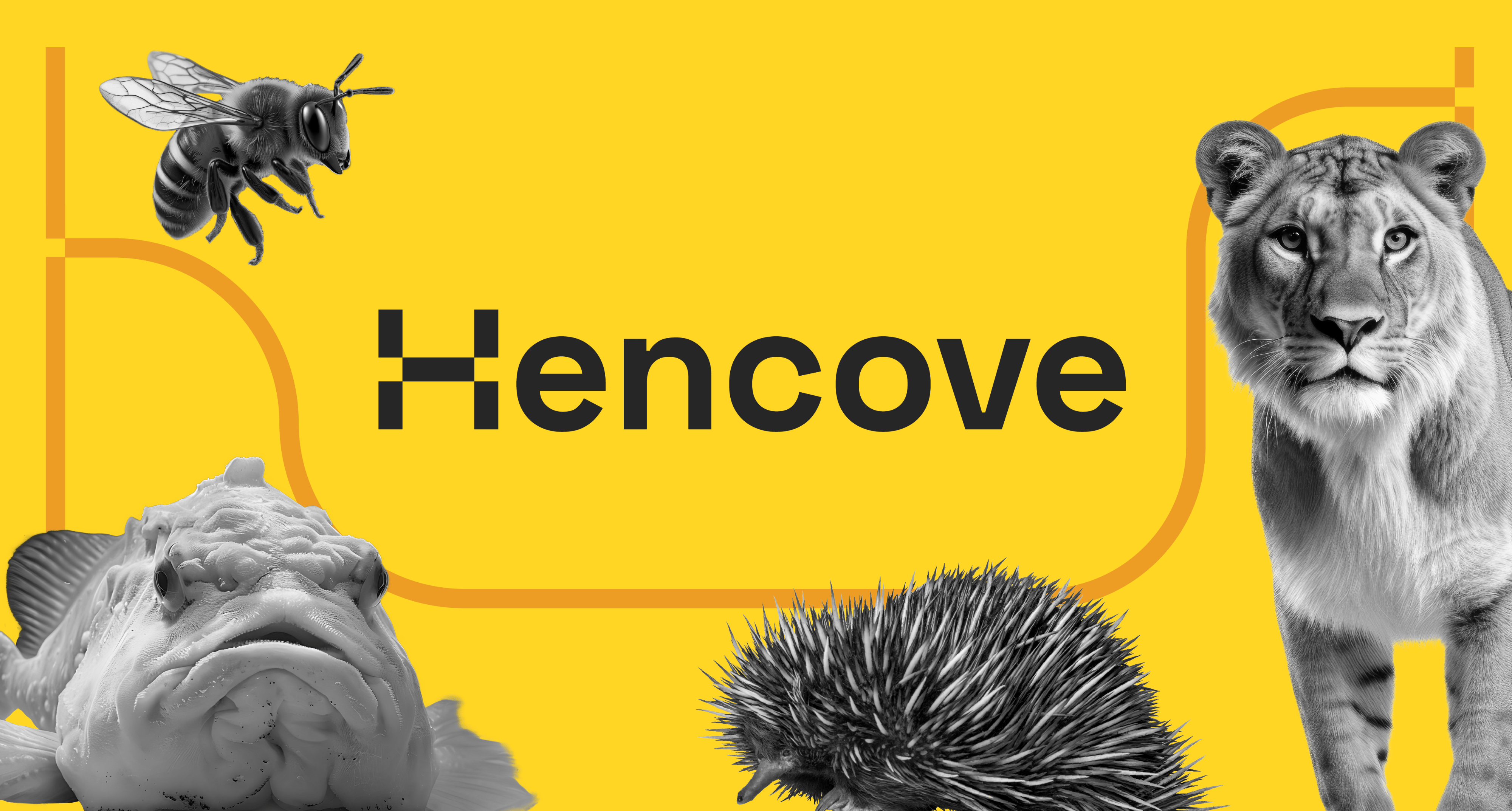“Can you help us with our story?” Three clients with the same exact ask, all within a few days of each other.
It would have been tempting to tackle the projects similarly. But each company was at a unique point in their business journey and their work with our team. As a result, we needed to think through the context of the work to design a path and solution that would get us to a strong result for their specific circumstances.
Client 1: Established Business, Refining Story
We’ve been working with Client 1 for years, and together agreed it was time to update their story. Their business had evolved, the market dynamics had shifted, and their go-to-market message needed realignment for 2024. The task wasn’t to build their story, but rather to reshape it.
We approached the work in a highly collaborative manner. Through multiple in-depth, in-person sessions, we participated in and facilitated discussions around an array of questions. We discussed—and debated—the company’s purpose and passion, business model and benefits, and much more.
Our team then transitioned from the ingestion phase into the development phase. Essentially, we collected what we’d learned and discussed, and then we internally debated, brainstormed, and crafted a new story. We used a variety of techniques and tools for this process, including verbal presentations—if we can’t present a client’s story, how can we expect them to do it—and ultimately brought the story to life in the form of a PowerPoint deck. The project isn’t complete, so the jury is still out on this approach. But so far, so good.
Client 2: New Client, Emerging Company
Client 2, new to Hencove and only a few years in business, approached us with just a PowerPoint deck cleanup. Sounds easy enough. But with a new client, cleaning up slides is never as straightforward as it seems. Improving a deck’s visual appearance is something we can jump into quickly—it’s often clear where their visual brand is today and how we can move it forward. What’s less clear, however, is how the brand story needs to evolve. We need to know a lot about a business to help. Imagine going on a first date and giving tips on how your new partner can improve their character. Even if that were welcomed (can you imagine!), it would be very hard to get it right.
Knowing the challenge of evolving a brand story for a first project, we held a high-level business overview discovery session, and then we went to work dissecting and distilling. Their team knew what they were trying to convey, and just needed our help bringing it to life. For this project, we parsed the total deliverable into specific steps and presented each element along the way and collected feedback.
We approached the story in pure narrative form, with two options to gauge their reaction. Think paragraphs, not slides. Then we converted the prose into a story structure in PowerPoint. Think blueprints for a PowerPoint deck. Next, based on their feedback, we built out the full story in nearly completed PowerPoint slides, aligning the revised narrative with existing materials and assets. Once the story is complete, we’ll integrate it into the new design style, resulting in a deck their teams can use to proudly tell their story to prospects around the country.
Client 3: Newish Client, Evolving Company
Client 3 represents a hybrid—it wasn’t our first project for them, but our engagement with them is newish. Also, their story was established, but shifts had occurred internally and externally, requiring an update to the content, style, and tone. We leveraged a combination of large and small group meetings and conversations, as we did with Client 1, but we also deployed a step-by-step approach to story building, along with the optionality piece. In other words, the eye-exam model of story development: *click* Better now? *click* Or better now?
While borrowing lessons and pieces of the approaches we used for Clients 1 and 2, for this client we recognized an asset we wanted to tap into that differentiated the process: an organizational leader with a specific narrative in mind. After listening to the story and poking holes, asking questions, and reiterating to confirm our shared understanding, we went into story development mode.
And rather than a full pitch deck, we worked toward a standard company overview sell sheet (front and back). Before jumping right into creating a designed and written version, we presented wireframes with three different ways of telling their story based on the executive’s narrative. From there, they selected the approach that worked best. We proceeded on this path at each stage—presenting one, two or three ways of addressing the story elements—until we arrived at a completed sell sheet. And, now this document serves as a true north for other external-facing materials we’ll develop together.
There Isn’t One Path to Story Development
It would have been easier to tackle these three similar projects from three different clients with one standard approach. No thanks. Developing a unique brand identity in complex industries requires careful, thoughtful, and creative solutions, not off-the-shelf templates.



